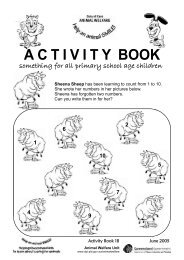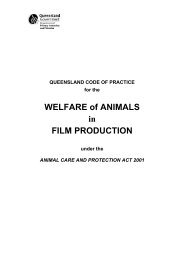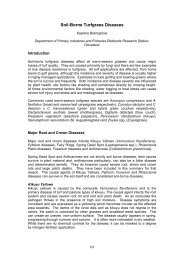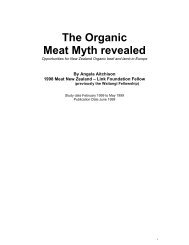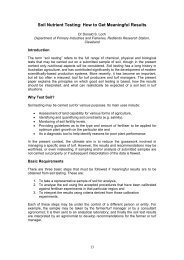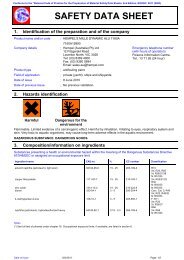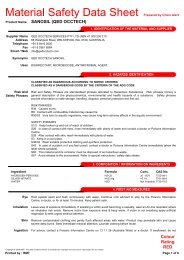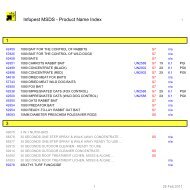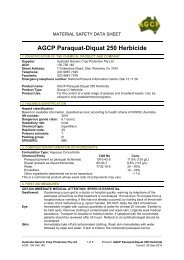Guidelines For Rural Beekeeping In Queensland
Guidelines For Rural Beekeeping In Queensland
Guidelines For Rural Beekeeping In Queensland
Create successful ePaper yourself
Turn your PDF publications into a flip-book with our unique Google optimized e-Paper software.
<strong>In</strong>troduction<br />
<strong>Beekeeping</strong> is one of Australia’s oldest primary industries, stemming from the successful importation<br />
of hives of European honeybee, Apis mellifera, in Sydney 1810 and 1822. Other recorded introductions<br />
occurred in Hobart in 1817 and 1821. From those humble beginnings, the industry has grown to the<br />
stage where the nation’s domestic honey needs are met and there is a surplus for export. The annual<br />
farm-gate value of honey and other bee products is in the order of $65 million nationally, while the<br />
indirect value of pollination by honeybees is estimated at $1.2 billion.<br />
<strong>Queensland</strong>’s honey production is valued at $14 million annually, while other products, including<br />
queenbees, beeswax and pollen, bring the total <strong>Queensland</strong> value to $16 million. <strong>Queensland</strong><br />
agriculture relies on managed honeybees for the pollination of an array of fruits and vegetables<br />
such as apples, avocados, stone fruit, melons, citrus, cucurbits and vegetable seed production.<br />
Pollination provides a benefit of $347 million annually to these industries.<br />
Most commercial apiarists are migratory, shifting their hives sometimes up to six times a year to<br />
optimise access to floral resources. Native forests and woodlands, particularly eucalypts, make up<br />
more than 90% of the floral resources for the <strong>Queensland</strong> industry. An estimated 40% of resources<br />
currently utilised are on State <strong>For</strong>ests, with the remaining 60% on other land tenures, including<br />
leasehold and freehold lands, stock routes, roads and reserves. Successful beekeepers maintain a high<br />
degree of knowledge of the location and flowering characteristics of native trees in order to ensure<br />
their bees are well-placed for access at peak nectar flow times.<br />
The purpose of this book is to provide beekeepers and government departments with accurate<br />
information on beekeeping on a variety of land tenures. The practices and techniques explained<br />
herein will help beekeepers to maintain their business in a safe and responsible way. The document<br />
also aspires to offer policy makers a credible support manual of beekeeping, which highlights the<br />
industry’s chief concerns, especially regarding resource security.<br />
All information contained in this book is current as at December 2004.<br />
Apiary in state forest working spotted gum<br />
1



